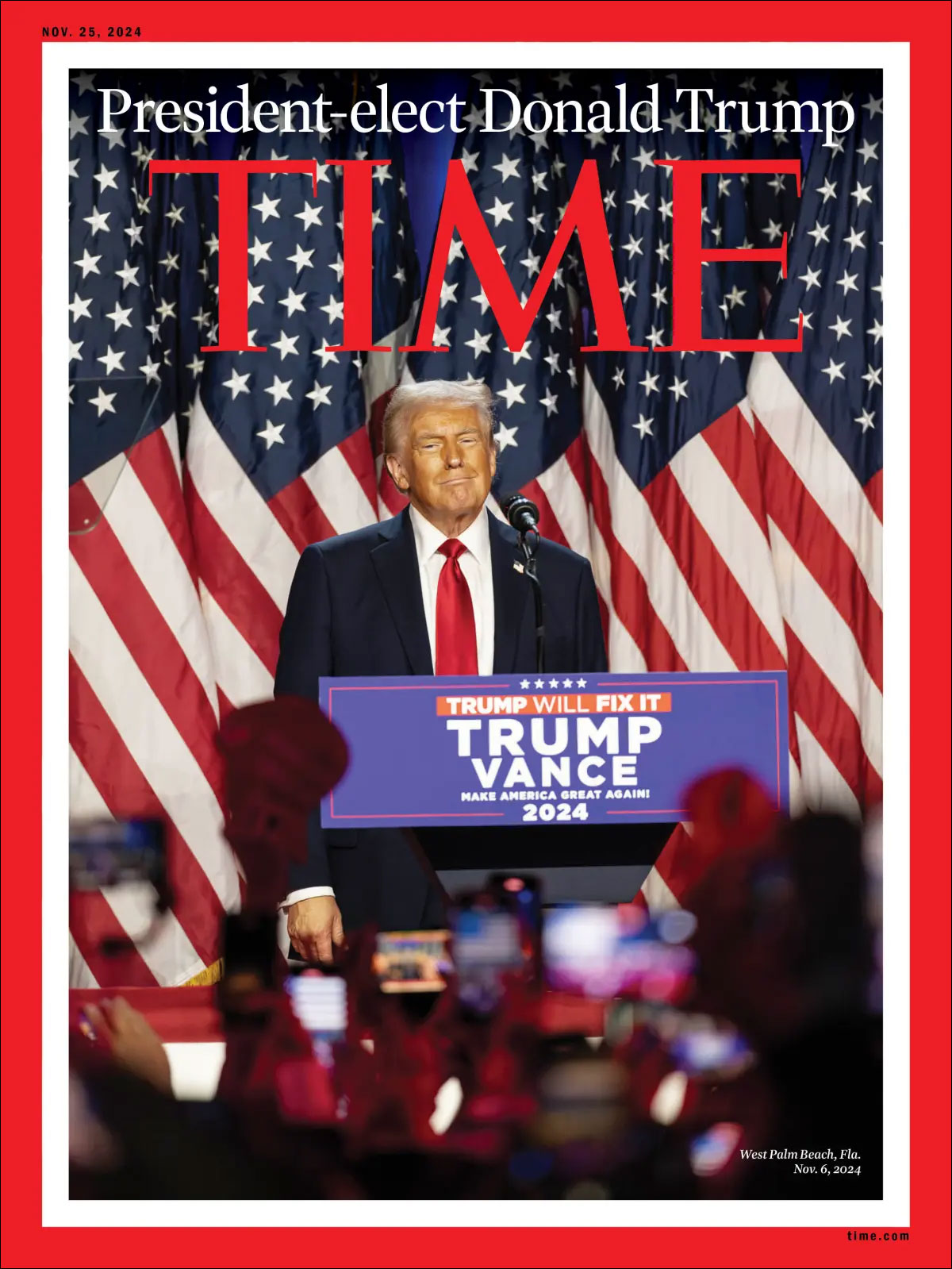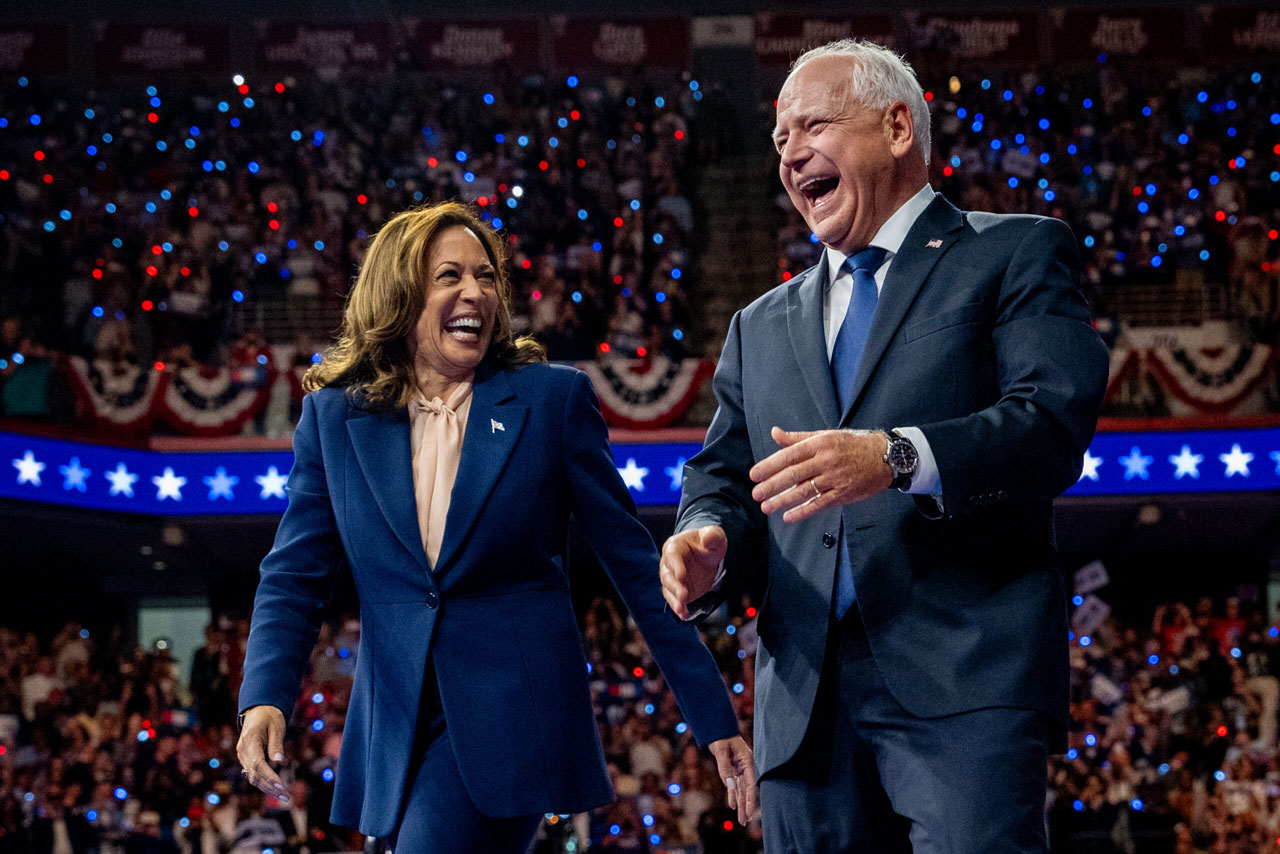
In a world closely watching the US political landscape, the outcome of the 2024 Presidential election has left many stunned — not only by Donald Trump’s overwhelming victory but by the speed and clarity with which it was achieved.
This wasn’t just a win but a sweeping statement of voter sentiment that has starkly reshaped the American political landscape. As we consider what this outcome means, we’re left with a deeper question: where does America go from here?
In many ways, this election is a litmus test of American democracy. It raises profound questions about the electorate’s priorities and the wider political forces at play. And it throws the Democrats up in the air as far as their role in American society is concerned.
From here in the UK, I’ve been reflecting on the events of the past week and the outcome now before us, where President-elect Trump will become the actual president, the 47th, for the second time upon his inauguration on 20th January 2025.
American political shifts often have profound ripple effects on global politics, and this election is no exception. It has highlighted how intertwined the US and many other countries’ political landscapes truly are, nowhere more so than the UK.
Despite Trump’s well-documented legal challenges, civil suits, and the controversies surrounding his comments and actions regarding women, minorities, and immigrants, over half of the electorate felt he was still the best choice for the future of the United States. What does this choice reveal? And where do Democrats go from here after their core strategy has been so starkly upended?
1. The Democrats’ Faltering Strategy

For the Democrats, this election underscores a major strategic breakdown. The results suggest a serious misalignment with voter priorities. While the party focused on Trump’s personal controversies, many voters were more concerned about pressing economic issues — rising inflation, economic stability, and a return to normalcy.
The Democrats’ emphasis on character critiques may have overshadowed these priorities, unintentionally painting the party as disconnected from the day-to-day struggles of average Americans.
Many assumed that Trump’s legal entanglements and his contentious history would provide a strong basis for a Democratic advantage. The party invested heavily in reinforcing these narratives, confident they would resonate with a public presumed to be weary of Trump’s brand of politics.
Instead, this misstep raises questions about the effectiveness of their messaging strategy in a climate that increasingly demands practical, solutions-driven leadership.
Many Americans may have felt that the Democrats’ relentless focus on Trump’s perceived character flaws left their concerns unaddressed, and they consequently gravitated towards Trump’s straightforward, albeit polarising, solutions.
Moreover, this election reveals that many Americans are willing to overlook personal controversies if they feel the candidate’s broader platform addresses their immediate needs.
A substantial proportion of voters saw beyond Trump’s legal troubles, focusing instead on his pledges to tackle economic concerns and challenge what he termed a ‘political elite’ disconnected from the realities faced by many citizens.
2. A Shift in the Electorate’s Priorities

(New York Times)
Another factor that played into Trump’s success was the readiness of voters to embrace a candidate who promised strong, direct action — irrespective of his controversial past. Many Americans have become disillusioned with political elites, viewing them as detached and ineffective.
Trump’s anti-establishment rhetoric, combined with his focus on economic stability and national pride, resonated strongly with these voters.
A sizable portion of Trump’s base is driven by a broader cultural sentiment that extends beyond specific policies. This is the cultural conservatism that values ‘traditional’ American ideals and is wary of rapid change, whether social, cultural, or economic.
Many of his supporters see him as the champion of this way of life, someone who defies norms and conventions to uphold their beliefs.
The Democrats’ messaging, which often focuses on inclusivity and progressive reform, may have felt like an uncomfortable fit for this audience.
3. The Role of Tech Billionaires and Social Media

An unexpected element in this election was the role of social media, especially platforms led by influential figures like Elon Musk who runs X. Musk’s involvement, along with other tech influencers, underscores a subtle shift in how social media is shaping public discourse — not by direct endorsement but by fostering an environment where certain narratives gain traction more easily. Their influence, while mostly indirect, raises questions about the evolving role of tech leaders in politics.
This year’s electoral landscape saw something different. Social networks like Elon Musk’s X arguably played a smaller role in spreading misinformation than expected. Instead, social platforms primarily served as echo chambers for both sides, with fewer overt manipulations or foreign interferences that had plagued previous elections. Elon Musk ran a sweepstake-like promotion offering $1 million to a different registered voter every day who signed a petition supporting the US Constitution.
Other wealthy tech influencers supported Trump with donations of tens of millions of dollars, and they emphasised free speech and an “open platform” for all viewpoints.
However, the allegiance of influential figures like Musk raises questions about the sway of big tech in politics. Musk and others have cultivated large followings, often aligning with anti-establishment views that further mobilise a segment of Trump’s base.
Their endorsement — whether explicit or implied — helps shape public opinion, potentially shifting the perception of fringe ideas into more accepted narratives.
For their part, the Democrats were joined by many celebrities in support of Kamala Harris, including Oprah Winfrey, Taylor Swift, George Clooney, Beyonce, Harrison Ford, and others. While expectations were clear that such potent symbols of popular culture would connect with and influence Gen Z and other key audiences, the reality proved very different.
Mark Borkowski has a keen analysis of the declining influence of celebrity endorsements.
4. The Path Forward: Reflecting on a Divided Nation

With Trump firmly on course to the White House in January, the implications for America’s social and political fabric are profound. The election has left the Democratic Party to face stark questions about its future direction. This election shows that large segments of the American public value decisive leadership, even when it comes with significant baggage.
If the Democrats wish to remain competitive, they may need to move beyond character-based critiques and consider how to appeal to the very real economic and cultural anxieties of the electorate.
“That a convicted criminal who has so far been found guilty of 34 counts of felony and still has three criminal cases hanging over him, who has been found liable for sexual abuse and who still refuses to accept the results of a democratic election is able to call the other side “a disgrace” with a straight face demonstrates the topsy-turvy nature of US politics.”
Financial Times, 3 November 2024
The election also reveals a nation deeply divided, with fault lines that extend across ideological, cultural, and economic dimensions. Each election cycle seems to drive the divide further, leaving little room for compromise or mutual understanding.
In a world where the Internet has magnified these divisions, where people see only reflections of their own beliefs, building a unified vision for the future seems increasingly difficult.
This begs the question: What’s next?

For Trump, the road ahead is both an opportunity and a challenge. His legal battles, ongoing controversies, and polarised base present as many challenges as they do opportunities. He’ll need to navigate these while maintaining the confidence of an American public eager for stability but wary of divisiveness.
For the Democrats, the lesson is one of introspection. It’s also now a time of reckoning as the finger-pointing is already underway to find out whose fault it all is (increasingly, those fingers appear to point to Joe Biden for lingering on instead of withdrawing from the election contest far more quickly and earlier).
It’s clear that a more robust, adaptable platform — one that offers practical, forward-looking solutions to everyday issues — will be necessary for the Democrats to regain their footing. They must recognise and respect the cultural shifts within the American electorate, even if these are at odds with progressive values.
I find it easy to draw some parallels between the Democrats as they begin a search for new purpose and new proposals to attract voters back, and the profound dilemma embracing the Conservative Party in the UK following its near-wipeout in the general election last July and the battle for new leadership that concluded last week. Different ideologies but the same political colour.
I’ve also reflected on some clear differences between 2024 and Trump’s first ‘White House residency’, when his success in winning the US election in 2016 sent shockwaves around the world. Then, Trump was like a bull in a China shop who, on taking office, built a White House rife with nepotism, surrounded by people who did not really seek to support his MAGA interests but instead used that to further their own.
Biff Tannen in the second Back To The Future film springs readily to mind.
Today, in 2024, Trump appears to have learned important lessons from his first presidency, as smarter people with significant political skills surround him, to present himself as the natural choice for the Republican Party and for Americans that proved irresistible to over half of those who voted in 2024.
Finally, it’s worth mentioning Project 2025, a political initiative published by the American conservative think tank The Heritage Foundation in 2023. The project aims to promote conservative and right-wing policies to reshape the federal government and consolidate executive power after Trump is inaugurated into office.
Trump has consistently rejected claims that he’s involved with Project 2025 or would enact any of the policies. Given the history, and the fact that it looks like Trump will achieve a clean sweep of control over Congress, it’s equally worth keeping a close eye on what actually happens while giving Mr Trump the benefit of the doubt for now. The Guardian has some good coverage of Project 2025.
Ultimately, the 2024 election was not just about a candidate or a party; it’s a sign of an American society in transition. The pathways forward are uncertain, with the Democrat and Republican parties standing at pivotal crossroads. As the world watches, America’s political landscape remains a microcosm of more significant global trends, highlighting the shifting priorities, values, and challenges facing democracies everywhere.
As I ponder what lies ahead for the United States, one other question looms: how will America bridge the divides that this election has highlighted?
For the Democrats, adapting to the shifting values and priorities of the electorate is crucial if they hope to regain momentum. For Trump, this is both a moment of victory and a test of his ability to unify a deeply polarised nation.
With a clear mandate for the new President but a divided base, the US stands at a pivotal moment — one that will determine the strength of its democratic ideals in the face of widening cultural and ideological rifts.
Related Reading:
- From Fediverse to Harris and Gen Z: Key Takeaways from FIR podcast 425 (31 August 2024)
- How Keir Starmer’s Labour Landslide Will Reshape British Politics (7 July 2024)
- Navigating Democracy’s Discontent in 2024 (29 February 2024)
- AI-generated disinformation: A new battleground for elections in 2024 (8 September 2023)











